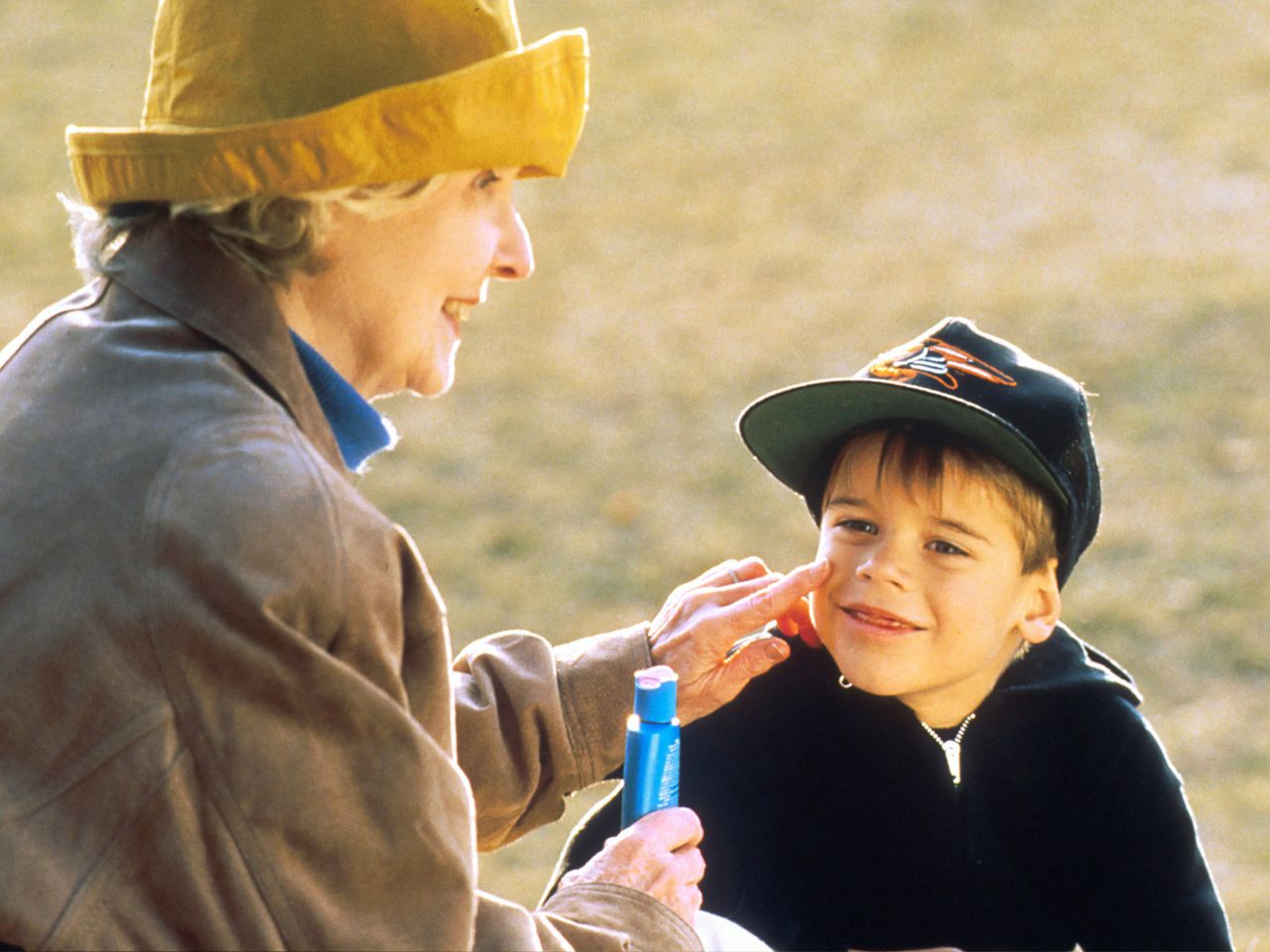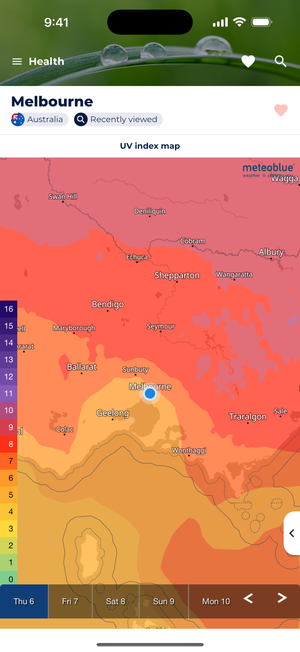
We’ve all had a sunburn, whether we skimped on sunscreen or fell asleep while tanning. Sunburn can be very annoying and even painful. You may also have to deal with peeling skin for days afterward.
But what’s more serious is the risk of certain diseases that can be associated with sunburn. A bad sunburn can put you at risk for skin cancers like melanoma.
But why does this happen? Well, the harsh UV rays in the sun can cause damage to our DNA, which can eventually lead to cancer.
With this in mind, you’ll definitely want to find some strategies to avoid the sun and its harsh rays. It’s good to start with the basics - make sure you cover up when you’re in the sun, reapply your sunscreen regularly, and make sure you reapply if you’re going to be outside for a while.
But did you know there are other strategies that can help?
Not all sun exposure is the same. Basically, the higher the UV index, the more likely you are to get minor sun damage or sunburn. To avoid unnecessary exposure, it’s possible to check your UV index.
Ready to learn more? Let’s get started
By now you’re probably wondering what UV is.
UV stands for ultraviolet. It is a specific type of light that has a very short wavelength. Basically, it’s a form of radiation. We’re exposed to varying amounts of UV all the time, and if you get too much of it, it can be harmful.
The radiation can penetrate your skin and cause changes in the cells that, over time, can even lead to harmful diseases such as skin cancer.
As mentioned above, there are different levels of UV light. This can be recorded on a UV index. If you know what kind of UV you’re dealing with, you can be smart about how you protect yourself.
Let’s take a look.
| Risk Level | UV Index | Protection required |
|---|---|---|
| Low | 1 - 2 | Sunglasses, sunscreen and cover skin if 1+ hour exposure. |
| Medium | 3 - 5 | Sunglasses, hat and sunscreen. Stay in the shade around midday. |
| High | 6 - 7 | Sunglasses, hat and sunscreen. Stay in the shade and reduce exposure between the hours of 11 am - 5 pm. |
| Very High | 8 - 10 | Sunglasses, hat and sunscreen. Avoid exposure altogether from 11 am - 5 pm. |
| Extreme | 10+ | Rare. Best to stay indoors or else use all protective measures. |
The short answer is that it depends.
We actually need mild exposure to the sun - it helps us with critical processes in the body, such as the production of vitamin D. However, any level of UV exposure carries risks, ranging from mild to severe.
The real problems start when you are out in the sun without the necessary protection, such as good quality sunscreen, hats, sunglasses and other coverage.
The “best” UV index would be in the low category. At this level, it’s safe to be outdoors without protection for less than an hour. However, even low levels can be harmful if you’re exposed for long periods of time.
With all this in mind, you may be a little concerned about your UV exposure.
But how do you know how much UV you’re getting?
Fortunately, there’s a way to check your UV exposure to make sure you’re safe. By doing so, you can prevent sunburns and minor skin damage that can contribute to premature aging.

Wondering about your UV exposure? A UV index map can be your secret weapon against sunburn.
Sonuby offers a UV index forecast map for any location on the planet to help you plan outdoor activities more safely.
With a quick glance on your phone or tablet, you can see if it’s a low-risk day for a long hike or if you should postpone that afternoon picnic.
The map uses color coding to show UV intensity, making it easy to understand your risk at different times of day.
By checking the UV index before heading out, you can make informed decisions about when to seek shade, reapply sunscreen, or perhaps stay indoors during peak hours. It’s a simple tool that can make a big difference in protecting your skin from damage.
Remember, UV rays can be strong even on cloudy days. A UV Index chart takes the guesswork out of sun protection and helps you enjoy the outdoors while staying safe.
We all need a little sunshine. It helps our bodies make important things like vitamin D, and it’s great for our well-being.
But too much sun can be harmful, even dangerous. This is because UV light can damage our DNA. For example, a bad sunburn can be annoying, but it can also lead to diseases like skin cancer in the future.
What’s more, overexposure to the sun, even just tanning, ages the skin. Basically, it’s a good idea to limit your exposure to the sun as much as possible and to use protective methods such as sunscreen and a hat. With all this in mind, it can still be difficult to protect yourself from the sun.
Fortunately, there’s a way to avoid all of these problems.
UV index forecasts, such as Sonuby’s UV index map, are a great solution for predicting the intensity of the sun so you can plan your activities and pack the appropriate gear.